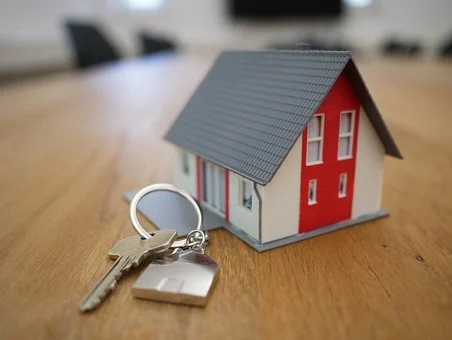
If you’re a seller looking to put your home on the market soon, you and your bank account are in luck.
Though experts predict the current sizzling housing market might start to cool down a bit due to the highest mortgage rates since 2009, inventory remains wafer-thin for homebuyers.
It’s still a seller’s market out there, and you might be tempted to ask for the top end of what your home’s worth. But pricing a home at its highest value doesn’t mean that magic number will show up in an offer.
Even though it seems counterintuitive, pricing your home slightly under market value can sometimes land you the highest sales price. Let’s take a look at the price-low, sell-high strategy to see if it’s right for you.
How home pricing works
You already know how you price your home will determine the types and number of offers you will receive. However, as you start to arrive at a number, several factors will determine the final listing price of your home: your outstanding mortgage amount, closing costs, and how much profit you’ll have left to put toward your next home.
“Pricing a home is both art and science,” says Jeff Lichtenstein, president and founder of ECHO Fine Properties in Palm Beach, FL. “The art is understanding staging and other improvements. The science is pinpointing the number value.”
But some sellers will determine their home’s value, then optimistically tack on a few more dollars above market value. Sometimes this is to leave room for negotiation with buyers. But generally, a high home price is simply what a seller hopes to get.
What is the price-low, sell-high strategy?
So what’s the science behind pricing your home below market value?
Remember Economics 101? It all comes back to supply and demand. If demand is high and supply is low, pricing your home on the lower end of market value could lead to a bidding war.
And by pricing your house slightly under market value, your property will appear on the top of homes for sale in the area within a buyer’s price range.
Since you’re underpricing, your house is also likely to be the best-looking house in the price category.
How do you price low to sell high?
Home sellers must understand the real estate market value to execute the price-low, sell-high strategy successfully.
And the best method to find the right price for your home is to look at the data, says Marie Bromberg, a real estate salesperson with Compass in New York, NY.
“I always give my seller a range of where the market is,” says Bromberg. “I let them know that homes similar to theirs have moved at a particular price range. So that is the range if we want to sell ASAP. Lower on the range will sell faster, and higher will sell slower.”
When homes are priced slightly below the market value, buyers tend to see the listing as a great value—especially in a low-inventory market.
And lower prices are likely to lead to a bidding war or the home selling over asking price, adds Bromberg.
Does the price-low, sell-high strategy work?
The short answer? You’re taking a gamble.
While the price-low strategy can push the selling price higher than the original property value, there are no guarantees. As a result, some sellers might find they end up with offers below the ultimate price they wanted.
“There needs to be complete confidence in the market’s direction to nail this strategy,” says Ian Katz, a licensed associate real estate broker with New York’s Compass. “That means a true sense of the size and intensity of local demand for the type of home in question.”
One major rule: Don’t set your home’s selling price lower than the lowest price you’re willing to accept.
What are the pitfalls of this strategy?
The biggest pitfall to this strategy is that the current housing market is undergoing some shifts.
“With interest rates going up, inflation going up, and no more stimulus, this strategy of pricing a home slightly under market might not work the same,” warns Lichtenstein.
The other major red flag of this strategy is that buyers might see the lower price as an indication to lowball their offer on the home, says Rinal Patel, a licensed real estate agent and co-founder of We Buy Philly Home.
“A buyer may offer a very low price hoping that you will accept it out of desperation,” says Patel. “This can be frustrating and may cause you to miss out on other, better offers.”
How to price your home to sell
As Bromberg notes, the best way to determine your final selling price—whether it’s slightly under or above market value—is to start with the data.
Your real estate agent should provide you with a list of comparables that will help you review recent sales in the area. This list will give you a home’s specs, the days it spent on the market, and the final selling price.
The data from these comps can help you learn from others’ mistakes. Pay close attention to homes that reduced prices or sold for under asking price.
“Pricing slightly under comps can help draw in potential buyers, says Sarah Bromley, a real estate agent with Re/Max West Realty.
“For example, if you’re selling a home worth $1,250,000, you could consider listing it at $1,199,000,” says Bromley. “This helps your home appear in searches in which potential buyers have set an upper limit of $1,200,000. This can drive up competition.”
The bottom line
The price-low, sell-high strategy works only if your house is one of the best houses on the market. If the home you’re selling needs tons of improvements, pricing it on the lower end of the market value might not result in the price you had in mind.
information provided by: Realtor.com






